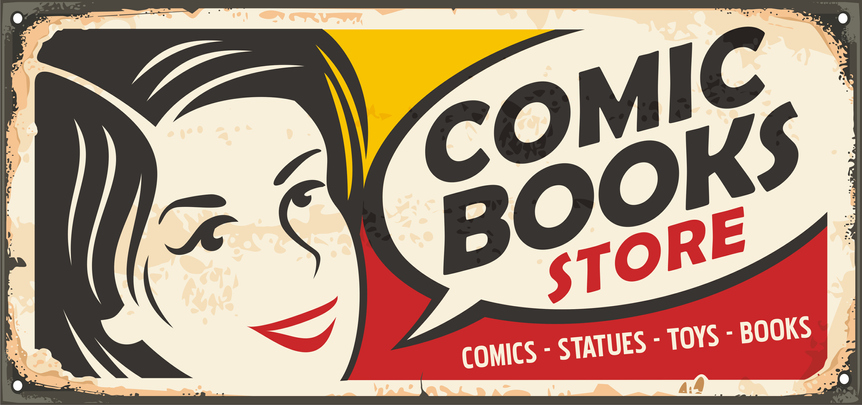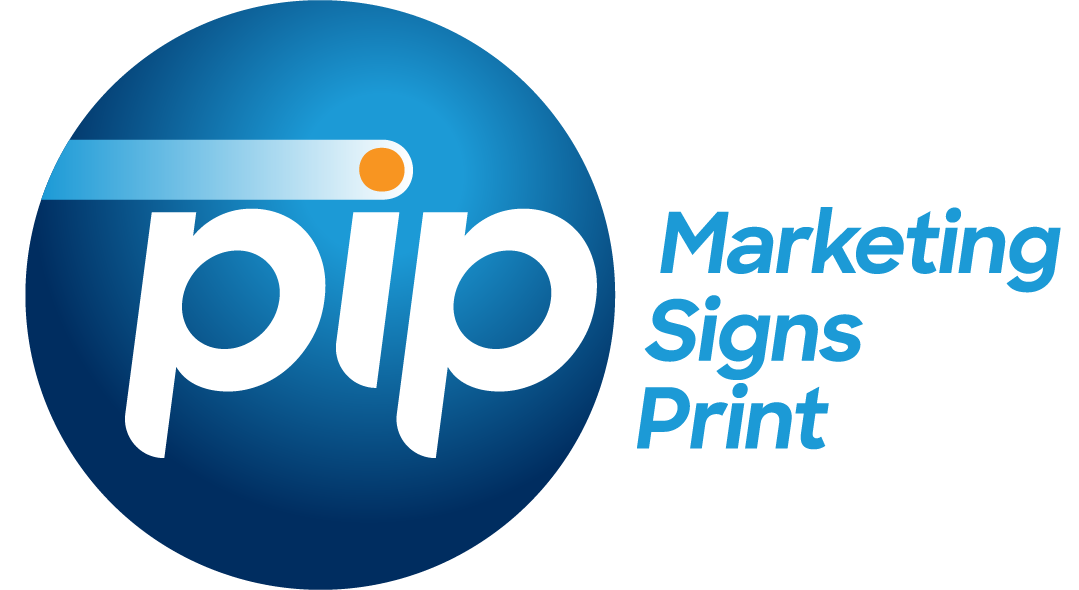Blog Post | Jan 17, 2023
Form Follows Function: 6 Tips for Effective Labels
When you think about it, labels are everywhere. You find them on shopping bags and food packaging; wrapped around water, wine and shampoo bottles; adhered to walls, doors and floors; affixed to benches, gates and car bumpers. So how do you make your label stand out in a crowd? Read on for key considerations.

Thanks to their versatility, labels go on just about anything. But there’s more involved in labeling than just adhesiveness. How do you make sure your label stands out in a crowd? First, it must function properly. Second, it must have an attractive form. Here are some additional tips for creating a successful label:
Now that you know what it takes to be a label success story, give us a call to discuss your specific labeling needs.
- Determine Label Type. If your label acts as a warranty seal or provides information that must remain with the product for its lifespan, it’s considered a permanent label. If your label needs to be removable, it’s considered a temporary or “repositionable” label. Typically, permanent labels use a “high-tack” adhesive and temporary labels use low-tack or removable adhesive.
- Identify the Environment. Where will your label live? On a store shelf? Outside in a garden center? On a smooth or rough surface? Will it undergo a rigorous shipping experience? Once you establish its environment, you can make appropriate decisions regarding adhesives and substrates.
- Select a Substrate. A label is a visual extension of your brand; therefore its design should reinforce the spirit of your business. The label material, otherwise known as the substrate, is a consideration. A company that sells expensive products might use a premium paper that is high gloss or metallic while an ecological organization might lean toward a Kraft or recycled paper.
- Pick a Shape. The size and shape of your label depends on what it will affix to – is it going on a box, cylinder or a shrink-wrapped package? If you are creating a label that adheres to a product or packaging, mock it up in 3D to ensure information is legible and falls where you want it.
- Contemplate Colors. A label should align with your company’s brand look and feel, and color is a factor. Your label should “pop” off the shelf since products live in competitive surroundings. If your brand is understated, consider design options that introduce a bright accent color or 4-color imagery. The goal is to create an eye-catching label while conforming to your brand.
- Choose Words Wisely. A label has a limited amount of space, so first determine what MUST go on it. Once that’s done, consider what will resonate most with your customer. Your marketing slogan or unique value proposition? This discretionary content can ultimately be why a consumer chooses your product over another.
Now that you know what it takes to be a label success story, give us a call to discuss your specific labeling needs.
